Ex 3 Michelin starred sushi restaurant in Tokyo, famed for hosting Barrack Obama
Sukiyabashi Jiro is a world-renowned Sushi restaurant owned by Jiro Ono, still working in his 90s. It is famous for being awarded 3 Michelin stars and maintaining them from the very first Michelin guide to Tokyo in 2007, the Primeminister of Japan entertaining President Obama there in 2014 and documentaries on the restaurant in 2011 (Jiro: Dreams of Sushi). Interestingly, the Guardian newspaper reported that Barrack Obama was unable to finish the 20-course menu at Jiro, stopping roughly halfway through. That’s pertinent for this review as the balance of the menu and delivery is one of the principal reasons this was one of the biggest letdowns I have had in several years. I will explain all at the ‘full review’ button (please press for a detailed breakdown). It’s also worth noting that the restaurant has been removed from the Michelin guide (along with its 3 stars) in the 2020 guide owing to not being accessible anymore. Another process I will outline clearly. Ultimately, and sadly, my verdict is that whilst it does have good sushi, I would not bother spending the time or money with this restaurant whether it has three Michelin stars or not.
Ok, the booking journey first. It’s taken me a whole holiday in Japan for 2 weeks to get used to the booking process and the bottom line is that most high-end Japanese restaurants will not accept bookings from foreigners over the phone (from abroad or in Japan) owing to cancellations from lazy tourists. Even 100% loss of deposit is not the preference of these Japanese restaurants because everything is so carefully prepared and waste is a sin. Therefore, the only way we managed to get a space in Sushi Jiro in the first place is book a reputable 5* hotel (in our case The Grand Hyatt, Roppongi) roughly 8 months in advance and give the concierge all our dining requests and they handled the bookings with absolute precision. Whilst they could not guarantee everything, they reported a ‘good strike rate’ and know exactly when to ring on the stroke of the hour two or three months prior to the booking date, whichever it is, and confirmed the booking. So that was the how.
On arrival to Tokyo, we had actually arrived the day before the strongest typhoon in 50 years was inbound to Tokyo. Many restaurants were on lockdown and changing their reservations, and the initial word from our concierge was that Jiro was prepared to honour our meal on the day wished (the day after the typhoon) or move to the next day. As we had a busy schedule, we took their kind offer up of sticking with the original plan, at which point we were told they had changed our reservation to the next day. Ok, no real biggie, but gave us a sense of the service and frankly it would have been better for them not to offer and just say they were unable to provide on the day which would not have been the worst, we would have just had to keep fingers crossed on the others – these things happen with a category 9 typhoon of course.
On to our arrival: there is a sign outside saying no photography so I did not take pictures during the main part of the meal, only when the coast was clear and we were enjoying our desserts away from the counter. Jiro was not in on our day but his son Yoshikazu was leading as is the right of the eldest heir to the family. The younger brother still runs another branch of the family business which still retains 2 Michelin stars. The restaurant itself is in the basement of an office building, not too far from the Tsukiji market. Sukiyabashi has a split meaning ‘Sukiya’ means tea house and ‘Bashi’ originates from a name of bridge in the area from the Edo period.
We knew this was going to be a short affair, but I was unprepared for just how curt the experience was to be. English is spoken by the assistant to the son and one other I noticed, but from the start it was evident that the son and others had no interest of making any form of conversation with diners who were almost more of ‘the meat’ than what was served in a sense. Yoshikazu seemed to spend most of his time talking with his staff and not paying as much attention to his plating (genuinely) and the English menu provided probably gave them the breathing space for any other chit chat. I’m not saying diners need to be fawned over at every stage, nor would I want that, but if you are paying hundreds of pounds for an experience lasting less than an hour, having an exchange of just one or two instances of polite chat doesn’t seem the biggest price tag in return.
The menu consisted of the following:
- Flat fish
- Squid
- Stripped Jack
- Semi fat tuna
- Fatty tuna
- Gizzard shad
- Abalone
- Jack Mackerel
- Boiled prawn
- Needle fish
- Bonito
- Mantis shrimp
- Vinegard Jack Mackerel
- Sea Urchin
- Baby scallops
- Salmon roe
- Sea eel
- Egg omelette
The format for dining here is that no sooner have you finished one course, the next is being prepared to be placed in front of you so the 18 courses above were served at a ferocious pace. Not only this, but I can easily understand how Barrack Obama decided not to continue from halfway (probably the only person in the world who could get away with this) as the portion sizes were frankly too big. You are traditionally supposed to place sushi in the mouth in one, as quickly as possible from when presented so it does not lose form and tastes the best it can be. But, the size of several portions, especially the salmon roe was so big to be done in one that it actually made me gag. This is not exactly what you would want from a dining experience.
There was no time to make any notes in risk of delaying the staff and therefore, in summary, the quality of the fish, in general, was very good, but it was frankly not too dissimilar to that experienced at Sushiya, a non-Michelin starred sushi restaurant in Ginza, but the portion size at Jiro was far worse and I was almost unable to finish from being force-fed in the time frame. If the portion sizes were better judged (something that Jiro Ono is fabled to do), then it may have been much more palatable. The tomago (sweet egg omelette) was very good quality as was the wonderful melon we had which was among the best melon quality you can find anywhere in the world.
My associate, Mr Bainbridge, timed the meal from start to finish and from entering the restaurant to finishing the last mouthful of melon, the time taken was 38 minutes. Unique yes, but I just don’t see what the point in the pace was. The argument for me loses steam after the piece of nigiri is in the mouth. I understand, don’t faff once presented and get it in the mouth as soon as possible, but countless sushi restaurants in Japan, including Sushi Saito (widely regarded as the pinnacle of all) pace their delivery without degrading the quality of the fish and products – spending microseconds longer in the fridge or rice pan are not likely to degrade the quality substantially. What will do this is virtually throwing the sushi on the plate for each diner (which happened on one course) and wanting diners to stuff themselves as quickly as possible.
The menu was priced at 40,000 JPY per person before drinks, so with beers and sake, the price fell just shy of 45,000 JPY, around £314 per person for the 38-minute experience. I have spent more on restaurant meals in the past, but based on the return of this meal, this is an obscene amount of money for what was had. Sprinkle in an uncaring and clumsy delivery with what seemed to have virtually no concern for the diner and you ultimately have a bad experience. It’s good to have seen the genuine article for myself and perhaps it may have been slightly different if Jiro was there in person, but also maybe not as most things stem from the top in my experience. Either way, I cannot recommend this restaurant based on my experience and you are better off (literally!) finding somewhere else like Sushiya in comparison.
Sadly the only dreams of sushi I had after this meal are partial nightmares of being drowned in gigantic blobs of salmon roe.
Food Grade: 74%
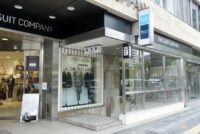

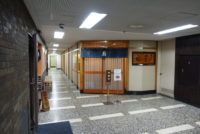
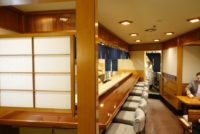
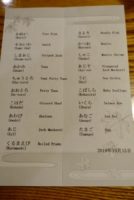
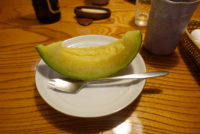
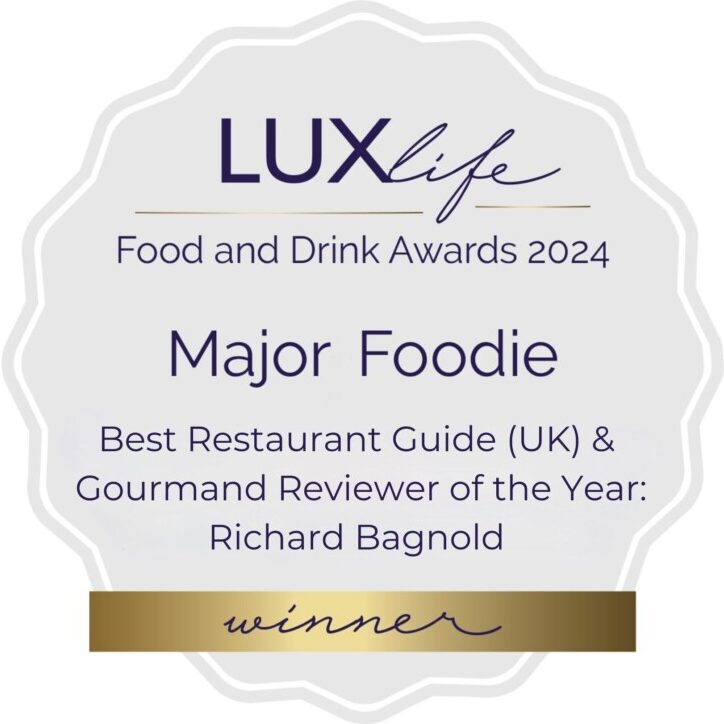 My hobby-turned-passion began to evolve during my assignments to London where I was fortunate enough to be able to explore all the Michelin starred restaurants in my spare time and as a result, I gradually built up a catalogue of all these venues.
My hobby-turned-passion began to evolve during my assignments to London where I was fortunate enough to be able to explore all the Michelin starred restaurants in my spare time and as a result, I gradually built up a catalogue of all these venues.
Leave a Review of this Restaurant